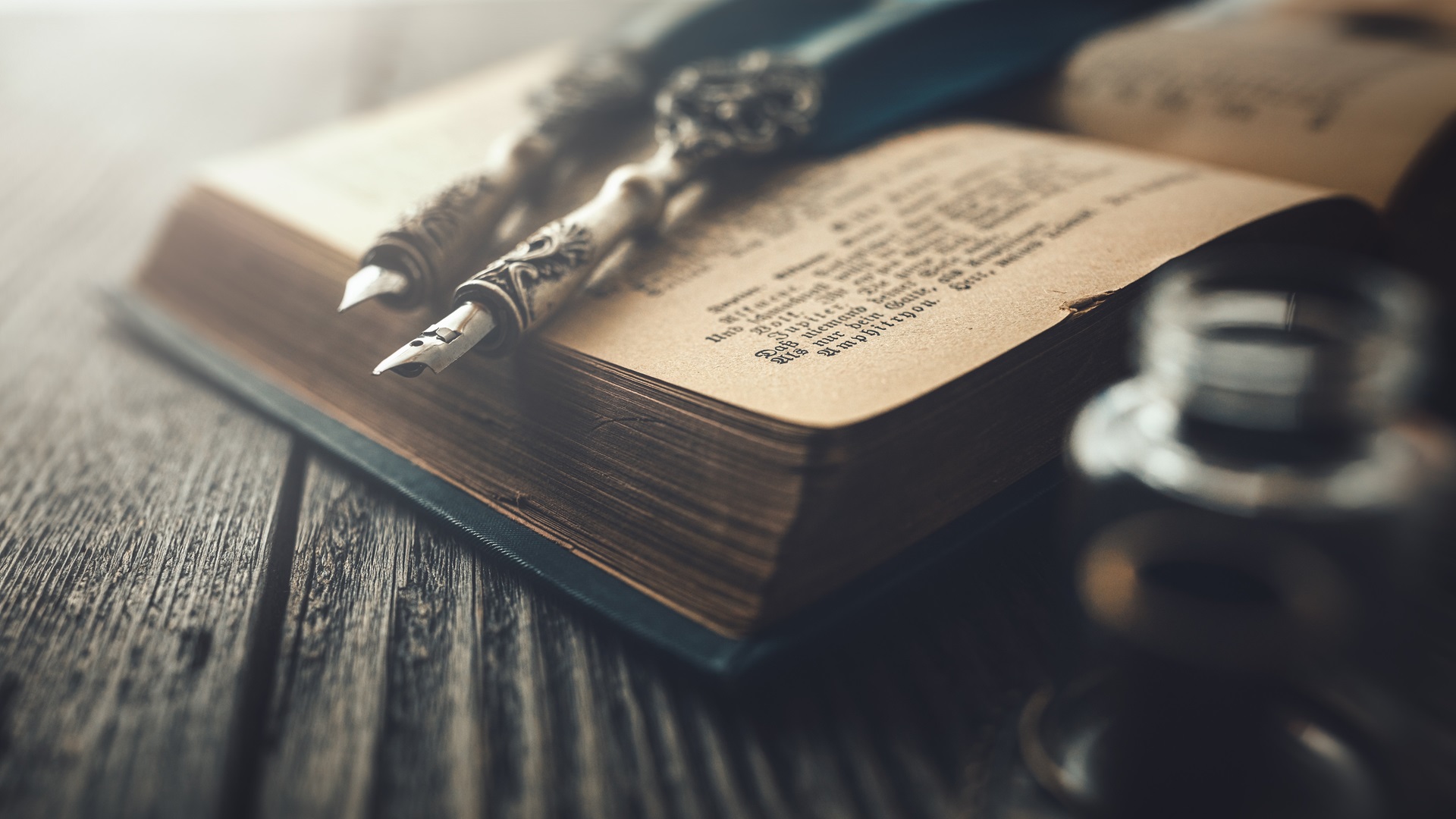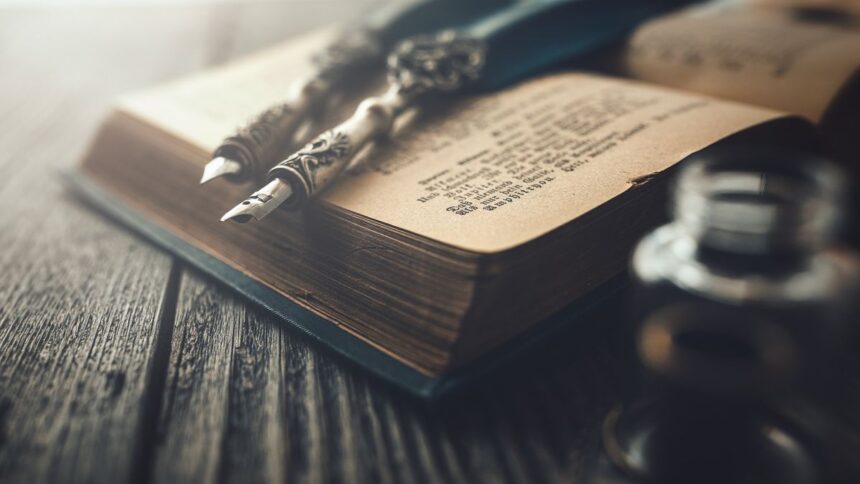“`html

The Surprising Impact of AI on Poetry Appreciation
Poets are often celebrated for their ability to craft poignant expressions that resonate with human emotions. However, a recent study published in Scientific Reports suggests that artificial intelligence may excel even further in stirring our feelings. The research indicates that many individuals find it challenging to distinguish between poetry created by AI and that composed by humans, with some even favoring the former until they learn about its mechanical origins.
Study Overview
Researchers from the University of Pittsburgh conducted an experiment to assess readers’ abilities to identify poems authored by OpenAI’s ChatGPT-3.5 versus those written by renowned poets like Shakespeare, Emily Dickinson, and T.S. Eliot. Involving over 1,600 participants, the study presented a random selection of ten poems—five generated by humans and five produced by the AI model. Surprisingly, many participants mistakenly attributed AI-generated poems to human authorship while being less likely to recognize actual human-written pieces.
Understanding AI Poetry
This phenomenon can be attributed to how readers perceive complexity in poetry; what is often seen as intricate human expression may be misinterpreted as nonsensical rambling from an AI. By simplifying language and structure compared to traditional poetic forms, AI-generated works appear more accessible and relatable—traits typically associated with genuine human creativity.
The researchers noted: “Our findings indicate that participants relied on shared yet flawed heuristics when distinguishing between AI and human poetry: the straightforwardness of AI compositions might make them easier for non-experts to appreciate.” This preference highlights a potential misunderstanding where readers equate simplicity with quality.
Redefining Creativity in the Age of AI
The fact that many struggle to discern whether a poem is crafted by an algorithm or a person raises intriguing questions about our assumptions regarding creativity. As artificial intelligence continues evolving into a formidable creative force, we must reconsider how we define artistry itself—not merely based on whether machines can “feel” or ”imagine,” but rather on how their creations resonate with audiences.
A Poetic Reflection
To encapsulate this exploration of humanity within artful expression, let us turn our attention back to poetry itself through these lines from Henry David Thoreau’s work:
I am a parcel of vain strivings tied
By a chance bond together,
Dangling this way and that; their links
Were made so loose and wide,
Methinks,
For milder weather.
A bunch of violets without their roots,
And sorrel intermixed,
Encircled by a wisp of straw
Once coiled about their shoots,
The law
By which I'm fixed.
A nosegay which Time clutched from out
Those fair Elysian fields,
With weeds and broken stems in haste
Doth make the rabble rout
That waste
The day he yields.
And here I bloom for a short hour unseen,
Drinking my juices up,
With no root in the land
To keep my branches green,
But stand
In a bare cup.
Some tender buds were left upon my stem
In mimicry of life;
But ah! The children will not know
Till time has withered them
The woe
With which they're rife.
But now I see I was not plucked for naught;
And after in life's vase
Of glass set while I might survive
But by kind hand brought
Alive
To strange place.
That stock thus thinned will soon redeem its hours;
And another year such as God knows—
With freer air—
More fruits and fairer flowers
Will bear;
While I droop here.You Might Also Like
- Explore how you can leverage AI for your next YouTube video concept.
- An investigation reveals companies training AIs using YouTube content without consent.
- YouTube now allows users to request removal of deepfake content featuring themselves if desired.
Source
“`





